Hot Water Options

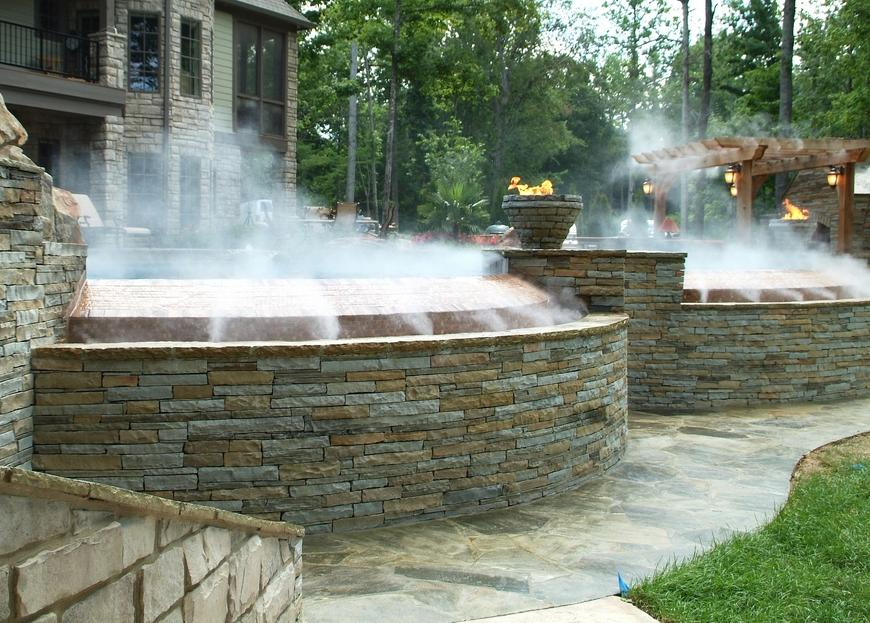 While fossil-fuel heating dominates the pool market, and electric heating prevails in hot tubs, designer, builder and energy-efficiency specialist Douglas Cook sees value in keeping the alternatives in mind, especially for cost-minded and/or ecologically inclined homeowners, who might be open to sustainable water-heating solutions.
While fossil-fuel heating dominates the pool market, and electric heating prevails in hot tubs, designer, builder and energy-efficiency specialist Douglas Cook sees value in keeping the alternatives in mind, especially for cost-minded and/or ecologically inclined homeowners, who might be open to sustainable water-heating solutions.
Energy in pools and spas is used in two primary ways: either for moving water for the purpose of treatment, filtration and aesthetics, or you’re heating it. Yes, lighting and adding bubbles also use energy, but it is relatively insignificant by comparison.
Both circulation and heating can use considerable energy, resulting in rising costs that frustrate many pool owners and prevent others from owning a pool or spa in the first place. The good news is there are many ways to conserve energy and save money on both sides of the equation, many of which also add convenience and comfort.
For this discussion, we’ll cover the different technologies available for efficient heating and the situations in which they might be a good firt.
Water temperature is critical from the consumer’s standpoint, or at least it is for anyone who actually gets wet. Heating a pool will expand the swimming season by at least a month on either end, and often much more. There are some consumers who insist on year-round swimming, which can be tremendously expensive depending on the climate, and on other factors such as whether or not the pool has a cover.
While the cost of heating a body of water can vary wildly, one of the obvious key considerations is the efficiency of the heat source itself. Most customers want to know approximately what they’ll be paying each month, which is usually where the discussions about efficiency start and comparisons between one type of heating and another.
GOING WITH GAS
Gas heating is by far the most commonly used in the watershaping industries (with the exception of portable spas which all use electric heaters.) It’s fair, therefore, to consider fossil-fuel heating, either natural gas or liquid propane, as the yardstick for measuring efficiency.
The cost of heating water with fossil fuel is always going to be a moving target. With liquified petroleum gas (LPG) especially, the cost can fluctuate dramatically depending on the time of year. Natural gas pricing is less dynamic, although it does move somewhat based on time of year and the region.
Overall, gas heaters have become far more efficient over the past 20 years or so. The standard was once 78% efficiency, but today the government-mandated standard is 84%. Many high-efficiency heaters exceed that rating with some units reaching 95% efficiency.
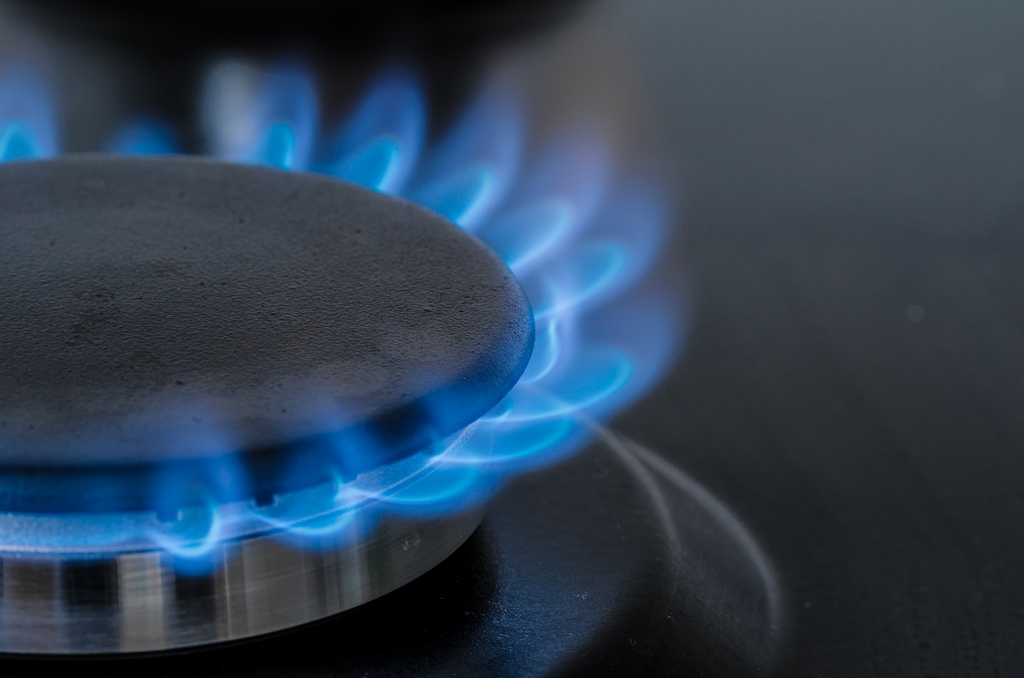 The U.S. Department of Energy defines efficiency as “the ratio of usable energy output to energy input.” Meaning an 84%-efficient heater produces $84 of heat for every $100 worth of fuel. Depending on factors such as average temperatures and fuel costs, it’s easy to see how moving from 84% percent efficiency to over 90% will save considerable money over time.
The U.S. Department of Energy defines efficiency as “the ratio of usable energy output to energy input.” Meaning an 84%-efficient heater produces $84 of heat for every $100 worth of fuel. Depending on factors such as average temperatures and fuel costs, it’s easy to see how moving from 84% percent efficiency to over 90% will save considerable money over time.
In my work designing efficient systems, there are times when fossil-fuel is the only choice, particularly in situations where the pool is not frequently used and there’s a need to achieve rapid heat rise when the homeowners do decide to use it. The same is true for pools with attached spas that share circulation with the pool, such as with a spillover design. Again, the need to rapidly raise the water temperature points you toward fossil fuel.
In many situations, homeowners will invest in a secondary heat source to combine with the fossil fuel heating.
PUMPING HEAT
Heat pumps work particularly well in conjunction with gas heaters because of their ability to efficiently maintain a desired temperature. They are not as well-suited for fast heat-up demand. Although there are many variants on the heat pump concept, for our purposes there are two main types: air-source and geothermal-source heat pumps.
Heat pumps work like an air conditioner in reverse, using refrigerant to absorb Btus from one place and then move the heat energy to another. It’s the same principle used in all modern forms of refrigeration, you’re removing heat from an interior space and relocating it outside where it dissipates into the atmosphere.
Heat pumps don’t generate heat, just like an air conditioner doesn’t create cold; instead they concentrate heat and then moves it from one place to another. The refrigerant carries the heat, while the compressor compresses the heat and releases it into a heat exchanger, where it elevates the water temperature.
In a pool-heating scenario, the heat pump is taking heat from the air, or the ground, and transferring via a heat exchanger to the water. An air-source heat pump, the most common in the pool industry, has a fan that draws in outside air and moves it over an evaporator coil, which contains liquid refrigerant that absorbs the heat and becomes a gas. The gas that’s formed in the coil passes through a compressor that creates a very hot gas that then passes through the condenser. This is where the heat is transferred to the water that is circulating through the heat pump.
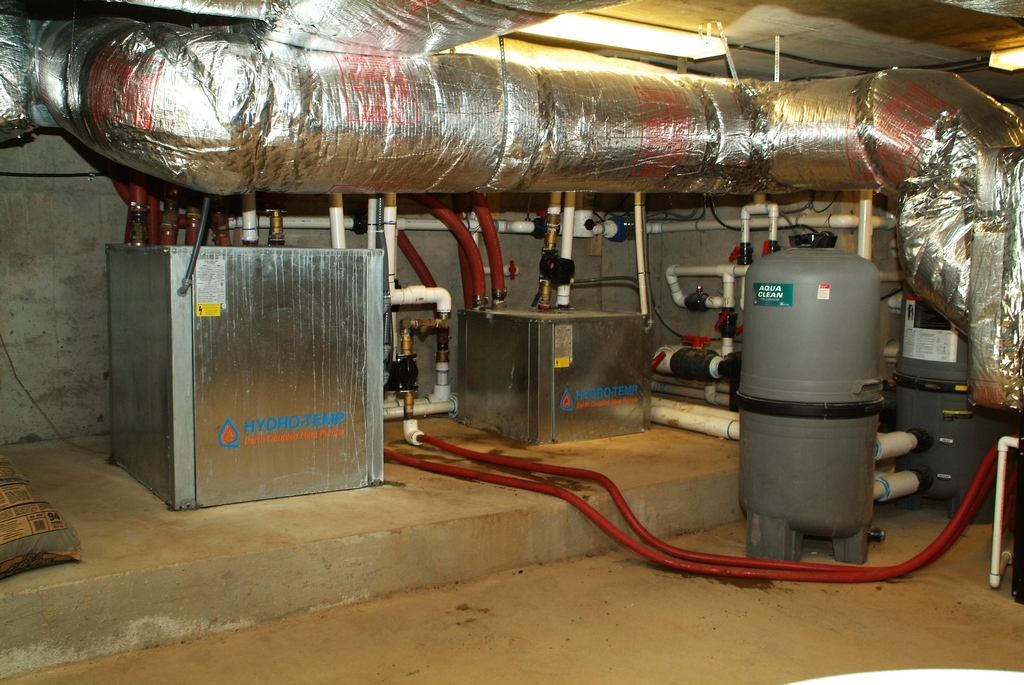
In other words, for every unit of electricity required to operate the heat pump, it yields three-to-seven units of heat. That’s an incredible level of efficiency and arguably the main reason why heat pumps have grown in popularity, especially in the last two to three years, with no signs of slowing.
For situations where you want to maintain a comfortable temperature, rather than rapid heat rise, heat pumps are often a great choice. In many settings, a heat pump will affordably expand the season that important month or more without having to use the gas heater, reserving it for rapid heat up and heating spas. It’s a great “division of labor”.
Heat pumps are sized according to the surface area of the pool and average air temperatures. Wind, humidity and daily temperature fluctuations also come into play in heat pump selection. It’s true that heat pumps do generally cost more than a gas heater, but customers who make the additional investment realize an ROI within two to five years.
Heat pumps combine well with other technologies. For instance, heat pumps can be used to remove heat from a house and then transfer it to the pool, rather than simply sending the heat to the open air. When you subtract heat from a home, or a commercial kitchen in a restaurant, or a factory, or a data center – places that can create tremendous heat – then you can heat water via a heat pump. In those scenarios, the efficiency is almost incalculable because you’re utilizing Btus that would otherwise be lost into the atmosphere.
THE GROUND GAME
The earth itself is an abundant and ever-ready source of Btus, much like the sun in that sense. It’s just a matter of tapping into it. We see dramatic examples of geothermal water heating in nature in the form of geysers and hot springs. While it’s easy to understand how the searing heat of subsurface magma in places like Yellowstone National Park can turn water into steam, it’s less obvious that heat can be extracted from the cold ground. But that is exactly what these systems can do.
Geothermal heat pumps, also known water-source heat pumps, do exactly that, they heat tap water, and swimming pools by transferring heat from the ground to water. Geothermal water-heating systems come in a number of variants depending on the application, but for the purposes of heating pools, and sometimes spas, we’re looking at “open loop” and “closed loop” system configuration.
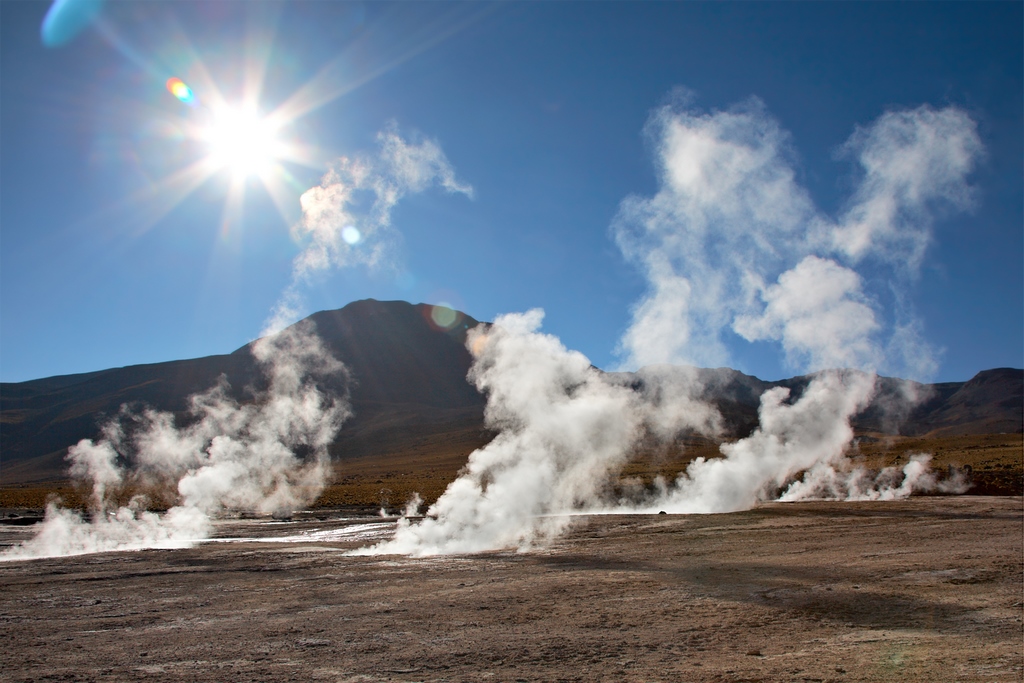 Open-loop systems, also known as “deep ground wells,” consist of two wells: one that supplies water to the heat pump, while the other returns it to the ground. The system uses the ground itself as a heat source rather than ground water.
Open-loop systems, also known as “deep ground wells,” consist of two wells: one that supplies water to the heat pump, while the other returns it to the ground. The system uses the ground itself as a heat source rather than ground water.
In a closed-loop system, plastic tubing is placed underground through which a mixture of water and anti-freeze (glycol) circulates and collects heat.
Heat pumps consistently operate at a COP of 5.0 or 500% and up to 6.0 under optimum operating conditions. The problem with geothermal systems is that they are extremely expensive to install, and many homeowners, and commercial pool owners, turn to more affordable options. Because of that, I usually only recommend geothermal to my clients under two conditions:
First, if the home or commercial facility already has a geothermal system, then it only makes sense to piggy back the pool onto the system. In those situations it’s essentially heating the pool for free.
Second, if you’re keeping a pool open year-round in a cold climate, then a geothermal system will pay for itself very quickly because the pool will require excessive energy to heat. At 500% efficiency, it’s easy to calculate how fast the client will realize an ROI, saving tremendous money.
SOLAR SYSTEMS
Back in July of 2020, in my WS article “Pathways to Efficiency,“I wrote about my experiences exploring solar power, both for water heating and power generation.
There’s another aspect of solar systems that I didn’t discuss back in July, but one that I believe has significant potential within our industry.
 It’s called the “SolarAttic,” a product made by the company of the same name. It’s an elegantly simple concept: the sun heats the attic almost every day to 100-130 degrees, roughly April through October. Water is circulated through a special heat exchanger installed in the attic where it’s heated by what amounts to free Btus.
It’s called the “SolarAttic,” a product made by the company of the same name. It’s an elegantly simple concept: the sun heats the attic almost every day to 100-130 degrees, roughly April through October. Water is circulated through a special heat exchanger installed in the attic where it’s heated by what amounts to free Btus.
It’s returned to the bottom of the pool through a flow-reversal plumbing configuration allowing for the most efficient use of heat energy in the pool (based on the physical principle that heat rises.)
You do need to operate a fan that draws air over the heat exchanger panels, which according the company costs an average $15 a month to operate. The potential savings are extremely attractive at 97% compared to the cost of heating by propane, 94% compared to fuel oil and 90% compared to natural gas.
I like the fact that these systems require not special permit or inspections, they are completely hidden from view, a big advantage compared to traditional solar heating systems, and they are protected from the elements.
FROM THE WOODS
As amazing as it may sound, there are people who heat their pools, spas and their entire homes using wood-burning boilers. Cellulose fiber in the form of pressed sawdust pellets, split timber, or corn byproducts – is a renewable resource and does not consume electricity or gas.
It’s hard to measure efficiency in these systems the way you do with heat pumps or fossil-fuel heaters. In practical terms, it all depends on the availability and cost of the wood-fiber fuel. In areas where wood is abundant such as the Pacific Northwest or throughout much of the South, heating with wood fire can be affordable.
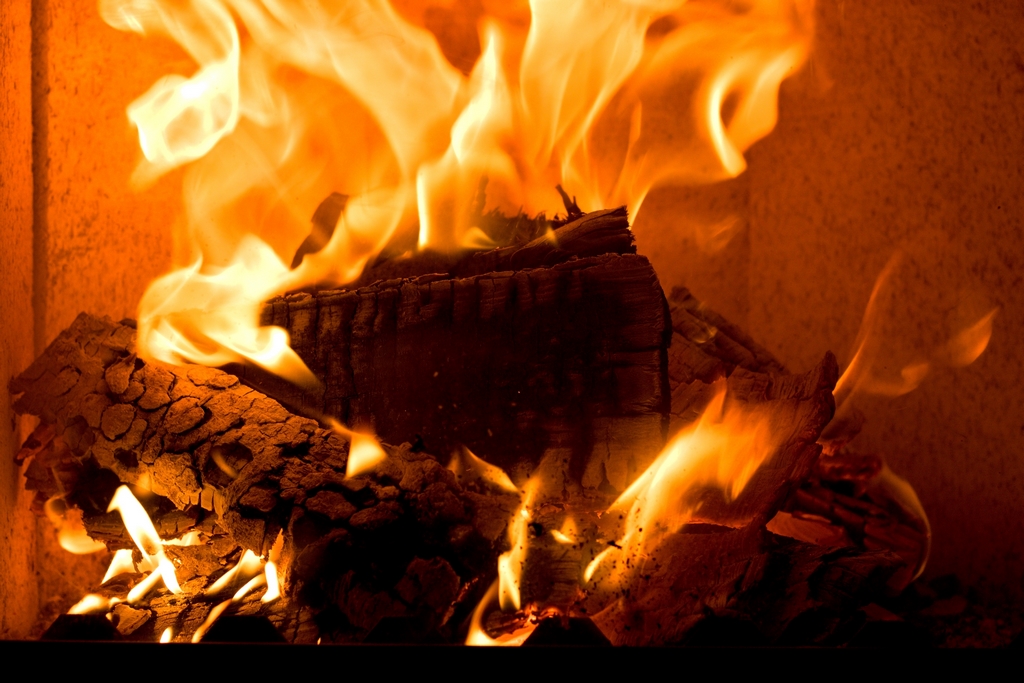 It does require more work than other heating technologies that usually work by way of a thermostat, but for a subset of homeowners, particularly those living in wooded, rural areas, there’s a certain natural joy in stoking a wood fire that warms water and heats their homes.
It does require more work than other heating technologies that usually work by way of a thermostat, but for a subset of homeowners, particularly those living in wooded, rural areas, there’s a certain natural joy in stoking a wood fire that warms water and heats their homes.
There are brands of wooden hot tubs with dedicated wood-pellet heaters, which appeal to consumers with more rustic inclinations.
For all of the technologies cited here, the key to using them successfully is to understand the needs and habits of the owners, along with the cost of energy in their area and the climate. With the menu of heating options available, coupled with a dash of situational analysis, you can almost always optimize efficiency, and ultimately user satisfaction.
Douglas Cook is owner and founder of Net Zero Pool, a Jackson, Tenn.,-based design and construction firm focused on creating energy efficiency.









